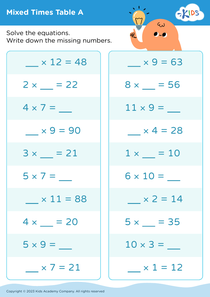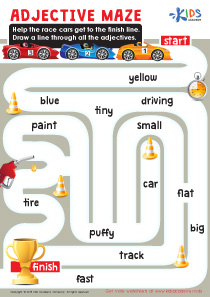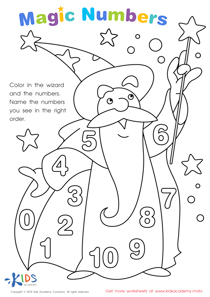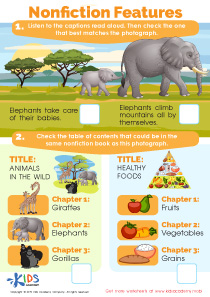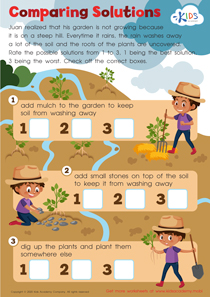Extra Challenge Connecting the Dots worksheets activities for Ages 3-8
5 filtered results
-
From - To
Discover our engaging "Extra Challenge Connecting the Dots" worksheets, designed for children ages 3-8. These fun activities enhance fine motor skills, hand-eye coordination, and counting abilities while keeping young learners entertained. Each worksheet fosters creativity as children unveil captivating images through a series of numbered dots. Tailored to various skill levels, our challenges progress in complexity, ensuring every child can thrive and enjoy. Ideal for both classroom settings and home learning, these worksheets encourage independent thinking and problem-solving. Download today and watch your child's confidence and skills grow as they connect the dots and reveal their artistic potential!
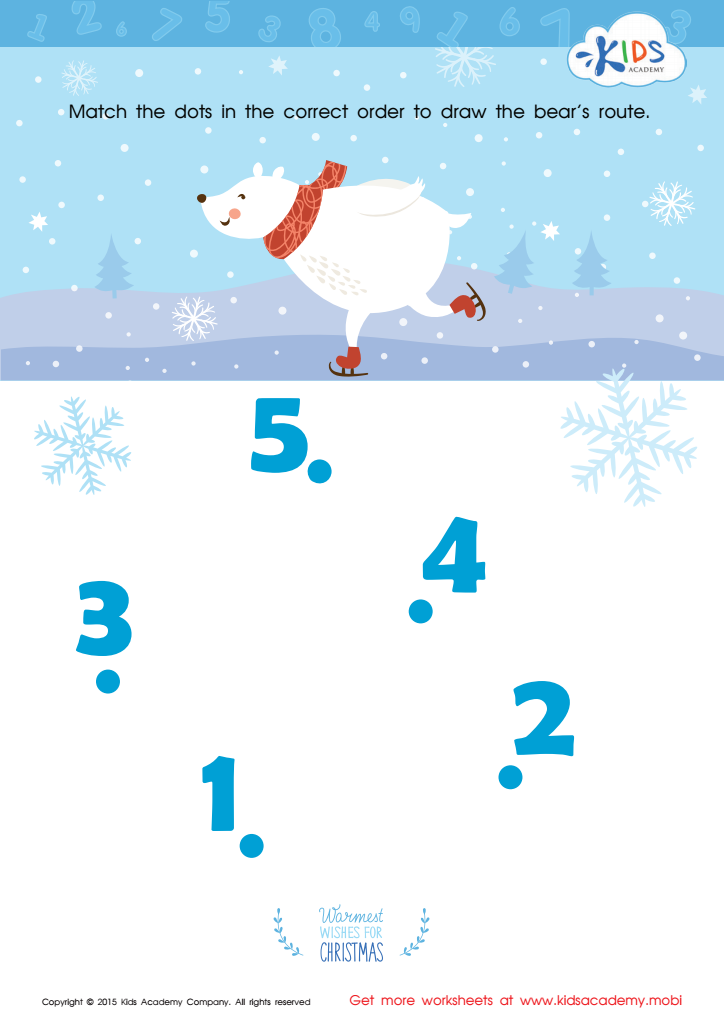

Drawing the Bear's Route by Number Worksheet
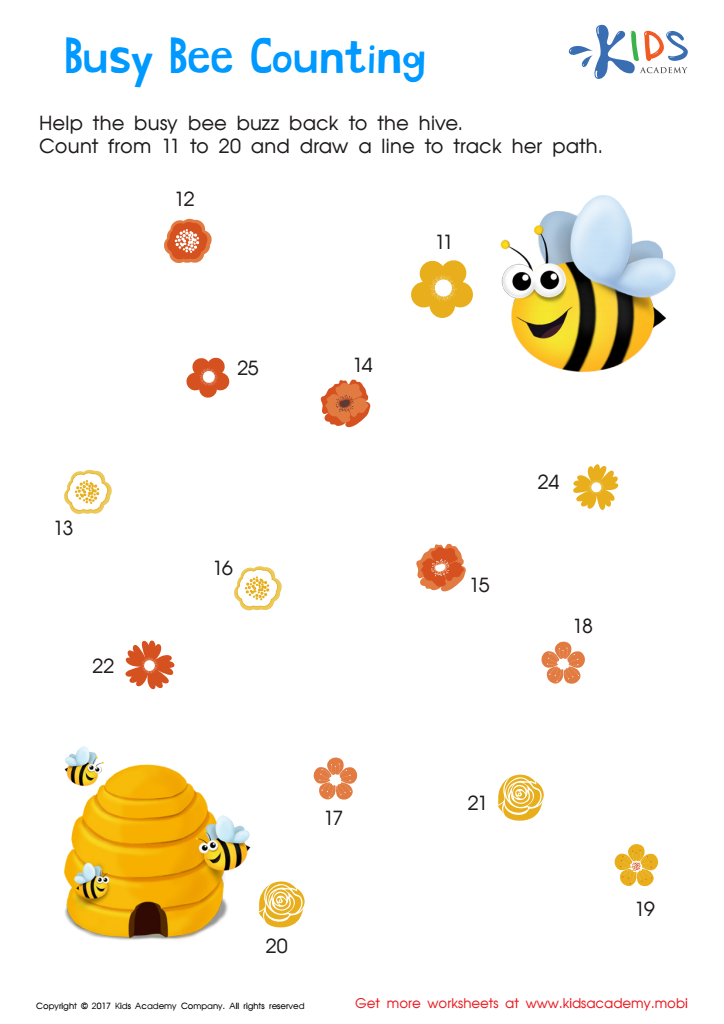

Ordering 11–20: Busy Bee Counting Worksheet
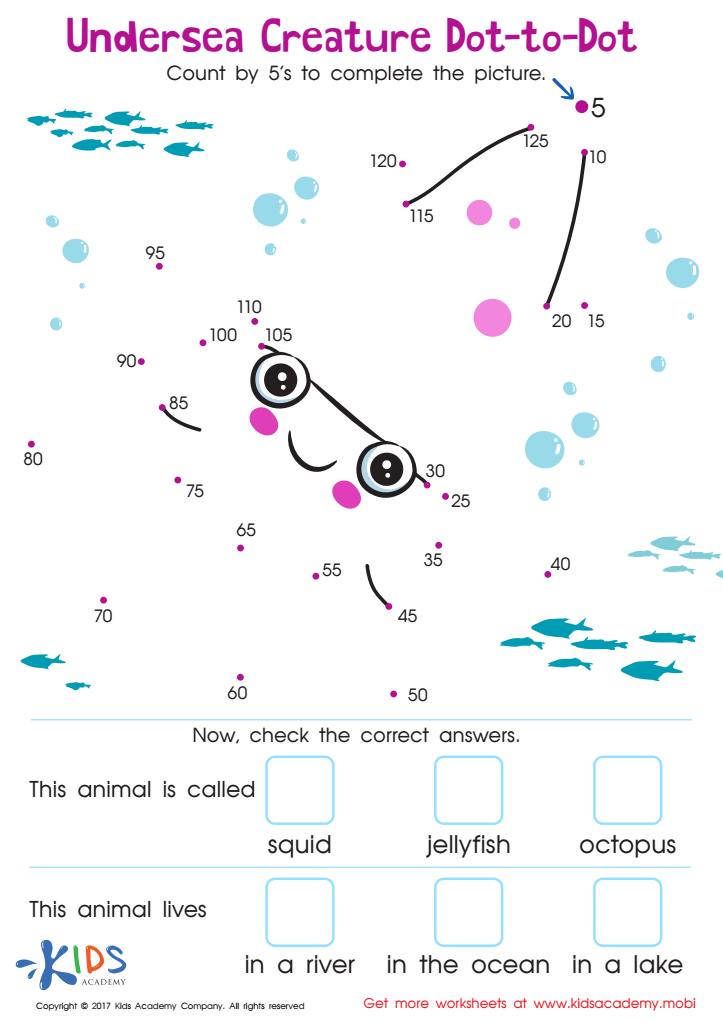

Undersea: Dot To Dot Worksheet
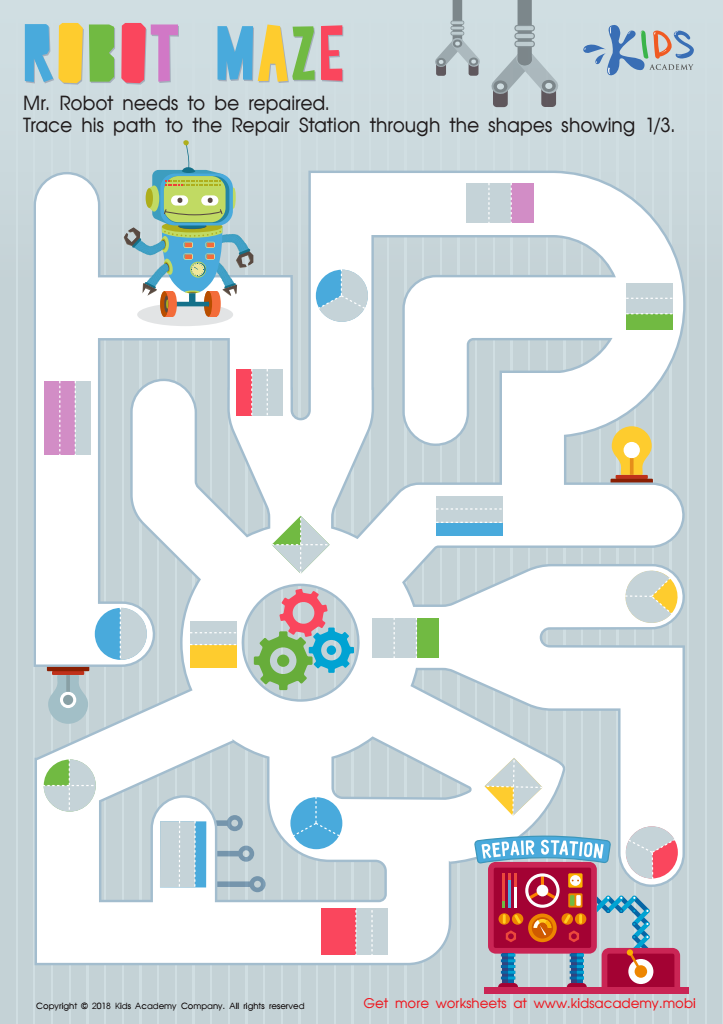

Robot Maze Worksheet
Parents and teachers should pay attention to Extra Challenge Connecting the Dots activities for children ages 3-8 because these activities offer multiple developmental benefits that are crucial at this formative stage. Firstly, they enhance fine motor skills, as children use their fingers or tools to draw lines between dots, which improves their hand-eye coordination and dexterity—key skills for writing and other tasks.
Moreover, these activities promote cognitive development. Connecting the dots encourages problem-solving as children figure out the correct way to link the dots to reveal a hidden picture. This engages their critical thinking and spatial awareness, helping them understand how different components relate to one another.
Additionally, Connecting the Dots activities foster patience and concentration. Children learn to focus on completing a task, an essential skill not only for academic success but for their daily lives as well. These activities can also be tailored to various themes, stimulating creativity and making learning exciting.
Finally, Extra Challenge Connecting the Dots can serve as a bonding experience when done together. It sparks conversations between parents, teachers, and children, promoting social skills and emotional ties. Overall, these activities play a vital role in holistic child development.

 Assign to My Students
Assign to My Students
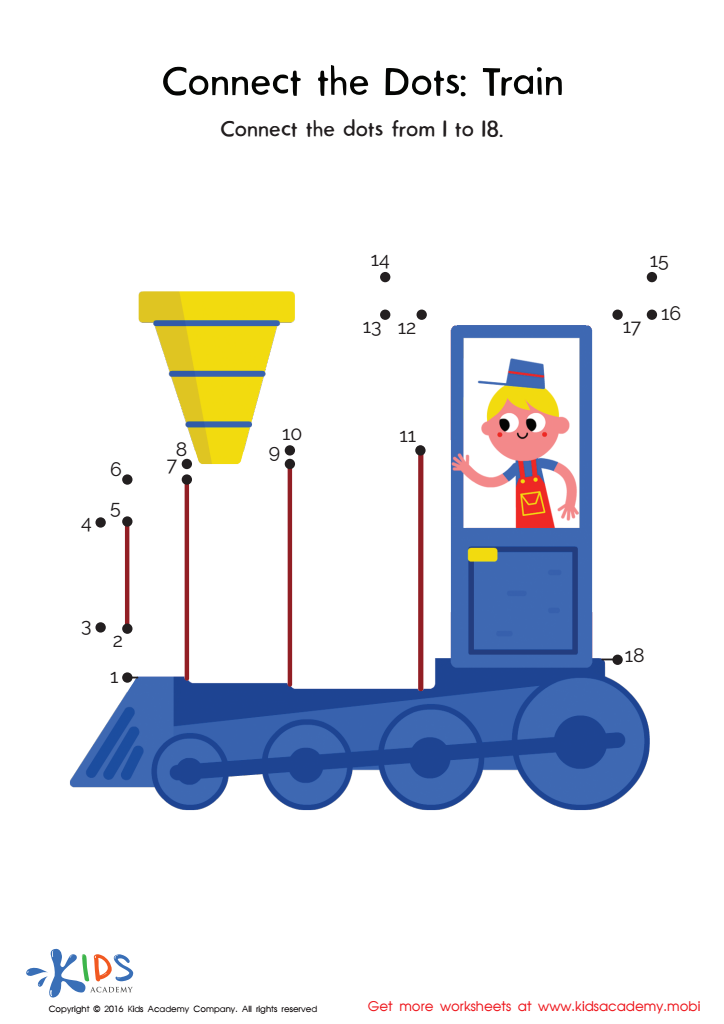




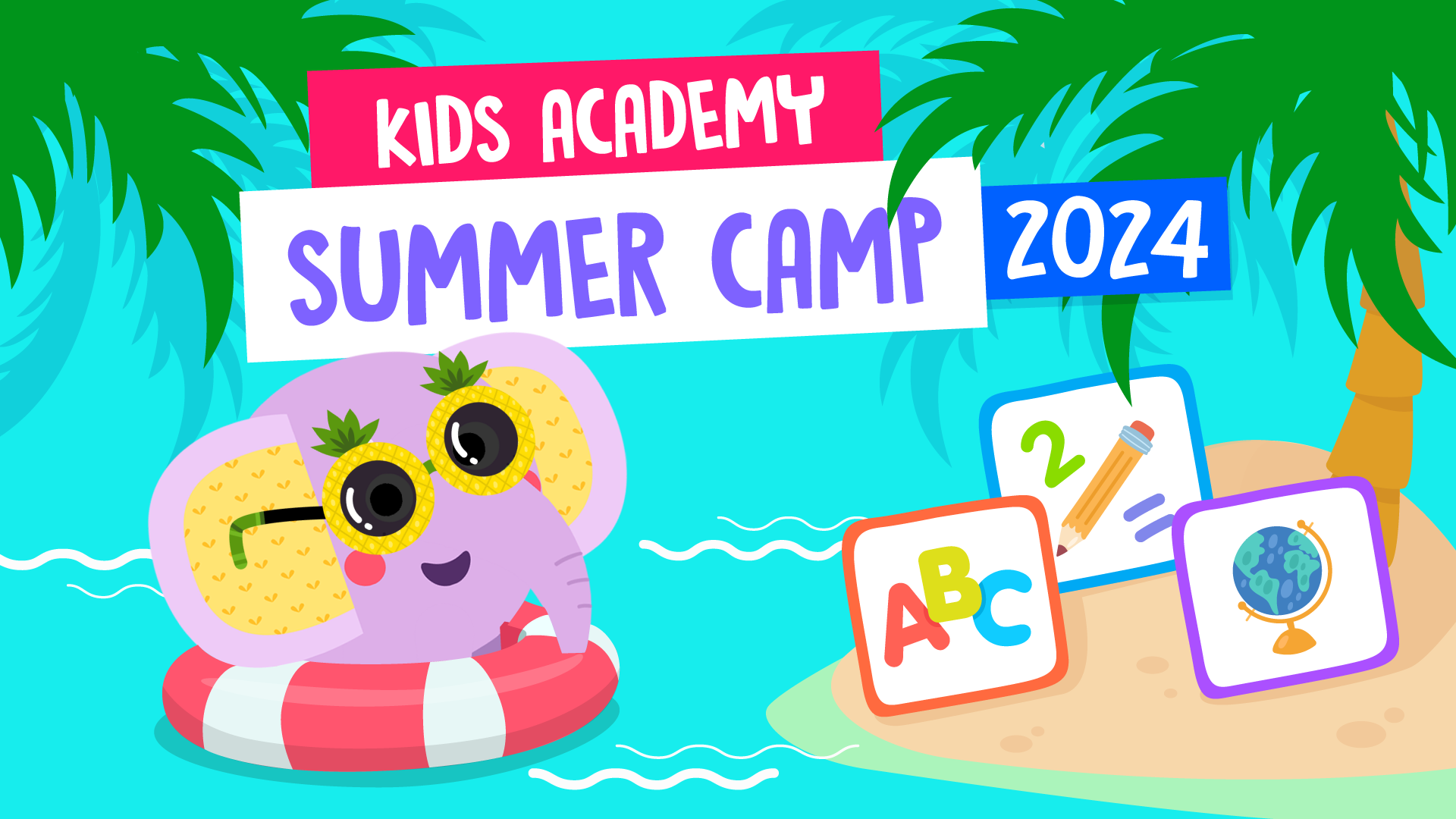

%20(1).jpg)
